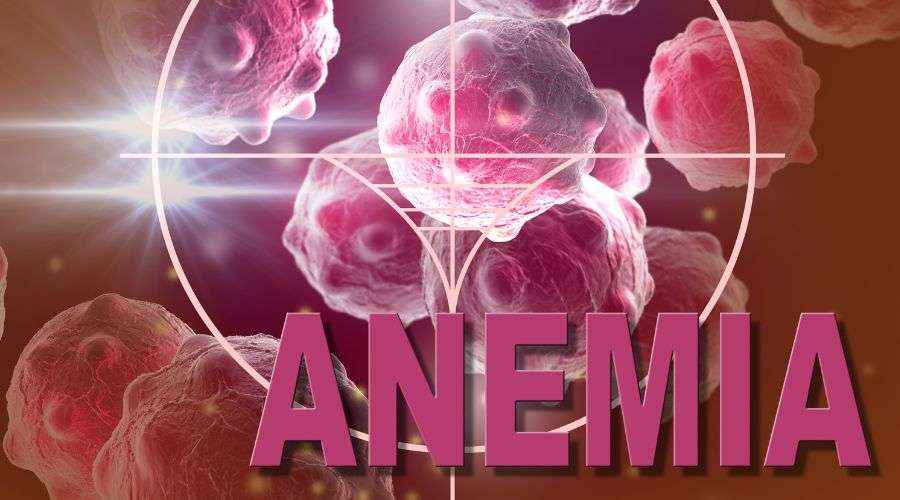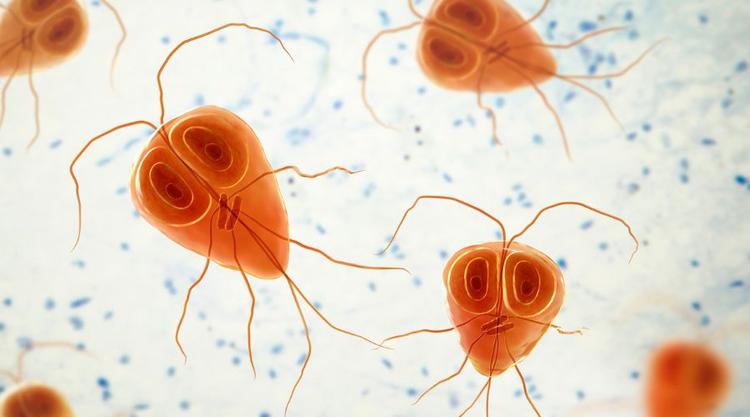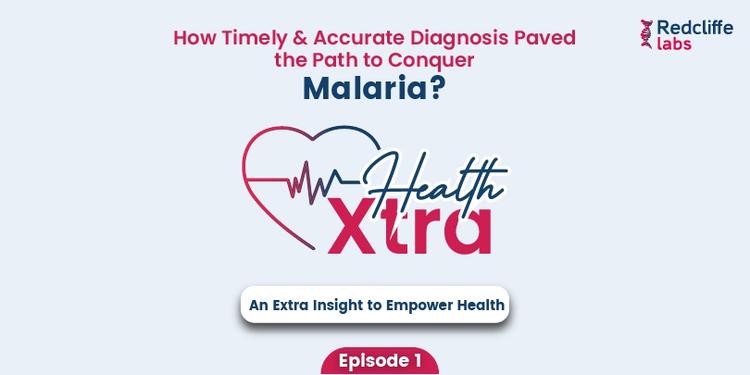Early Detection of Rare Sickle Cell Anemia Can Help a Woman Conceive Naaturally!

Medically Reviewed By
Dr Divya Rohra
Written By Sheena Mehta
on Aug 8, 2024
Last Edit Made By Sheena Mehta
on Jul 19, 2025

Sickle cell anemia is the most common blood disorder passed down from parent to child. Normal red blood cells look like the letter ‘O.’ Additionally, they are smooth, round, and flexible. Individuals with sickle cell disease have abnormal hemoglobin, which means the red blood cells are sticky and stiff. Besides, they are C-shaped.
Sickle cell anemia affects pregnancy, and it can pose a serious maternal and fetal risk in pregnancy. Pregnant mothers with sickle cells may not have complications. However, the baby may be affected if the other parent carries the trait.
With sickle cell anemia, the abnormal red blood cells and anemia may lower amounts of oxygen and slow down the baby’s growth.
Sickle cell disease in pregnancy poses a risk for the expecting mom and the baby. This can also lead to miscarriage, prematurity, and a more frequent sickle cell crisis in pregnant women.
Sickle cell disease (SCD) is the most common monogenetic disorder worldwide and has been declared a global health problem by the World Health Organization (WHO). India is one of the highest burden-carrying countries in the world for sickle cell disease, which causes high morbidity and mortality in the country. Based on the surveys, the sickle cell gene is 1-40% in southern India, 0.18% in north-eastern India, 0-33.5% in western India, and 22.5–44.4% in central India.
Research has shown a negative correlation between SCD and maternal health and perinatal outcomes. However, early and regular prenatal care is crucial for a female expecting a baby and having sickle cell disease. Having more prenatal visits often helps a doctor closely monitor the disease and the health of your developing baby.
How does a timely and accurate diagnosis help cure sickle cell anemia?
Sickle cell anemia is a life-threatening disease. Experts advise that a pregnant woman with a sickle cell trait have her partner tested before she conceives a baby or have the spouse tested at their prenatal visit. If the baby's other parent has developed a sickle cell trait, the woman may be prescribed other tests or amniocentesis to see if her developing baby has the disease or trait.
Some women may need blood transfusions to replace the sickle cells with fresh blood. Blood transfusions help the blood carry oxygen and reduce the number of sickle cells.
Besides, sickle cell disease may affect a developing baby. Hence, a doctor may start testing in the second trimester of pregnancy to check the baby's overall growth and development.
Nevertheless, sickling affects so many other organs of the body, which may make your pregnancy complicated. Some possible complications include:
- Infection in the kidneys and lungs
- Gallstones,
- Heart enlargement and heart failure
- Miscarriage
- Death
Increased risks and complications for your developing baby may include:
- Newborn death
- Stillbirth
- Preterm birth
- Severe anemia
- Poor fetal growth
- Low birth weight
However, with a timely diagnosis and initiating the treatment on time, it is possible to help women with sickle cell anemia get pregnant naturally.
Check out a case study to learn the importance of timely diagnosis in sickle cell anemia.
The case was brought to Dr. Yogitha Namasani, Labs Head, Redcliffe Labs, Hyderabad.
Case Report
The doctor discussed a case of a 27-year-old pregnant female with no significant medical history in detail. The female was complaining of fever for the last 4 days. The two symptoms observed in her were:
- Shortness of breath
- Unable to stand properly
When the doctor examined her ultrasound report, it was found that she had hepatosplenomegaly. This means she had an enlarged liver and spleen. She was very pale and also had jaundice. Further, the doctor and her team did a CBC test on her. This yielded a hemoglobin of 37 g/dL. The patient's RBC was very low, only 1.2 million. Her white blood count (WBC) was high. It was approximately 24,700, showing that she had some sort of infection. However, her platelets were adequate.
Then, the doctor and her team performed the peripheral smear. Along with normal, round-shaped RCPs, there were a few boats—or doubtful sickle-shaped cells. Though there were very few, she had a blood transfusion just two days before coming and giving the sample. Additionally, there were plenty of target cells and many nucleated RCPs.
Based on these findings, it was clear that she had hemolytic anemia. Based on the doubtful sickle-shaped cells, the doctor advised a simple sickle test for the patient. The sickling test was positive. Within 10 minutes of starting the test, the RBC began to turn into a sickle shape. Consequently, the doctor and her team gave a positive sickling test. They advised the patient to take a confirmatory test, like high-performance chromatography (HPLC) or hemoglobin electrophoresis, which confirmed that she had sickle cell disease.
Towards the end of the video, Dr. Yogitha Namasani defined sickle cell disease as a genetic disease inherited from parents to children. There is an abnormal form of hemoglobin, HBS, because the shape of RBCs changes, and they are no longer round. Hence, they become sickle or crescent moon-shaped. Further, she mentioned that with triggers such as stress, temperature extremes, or infections, the round-shaped RBCs become sickle-shaped and rigid. This rigidity blocks the small vessels and can lead to serious complications, called sickle cell crisis. We can only manage our symptoms in sickle cell disease (SCD). This is how the patient was treated.


